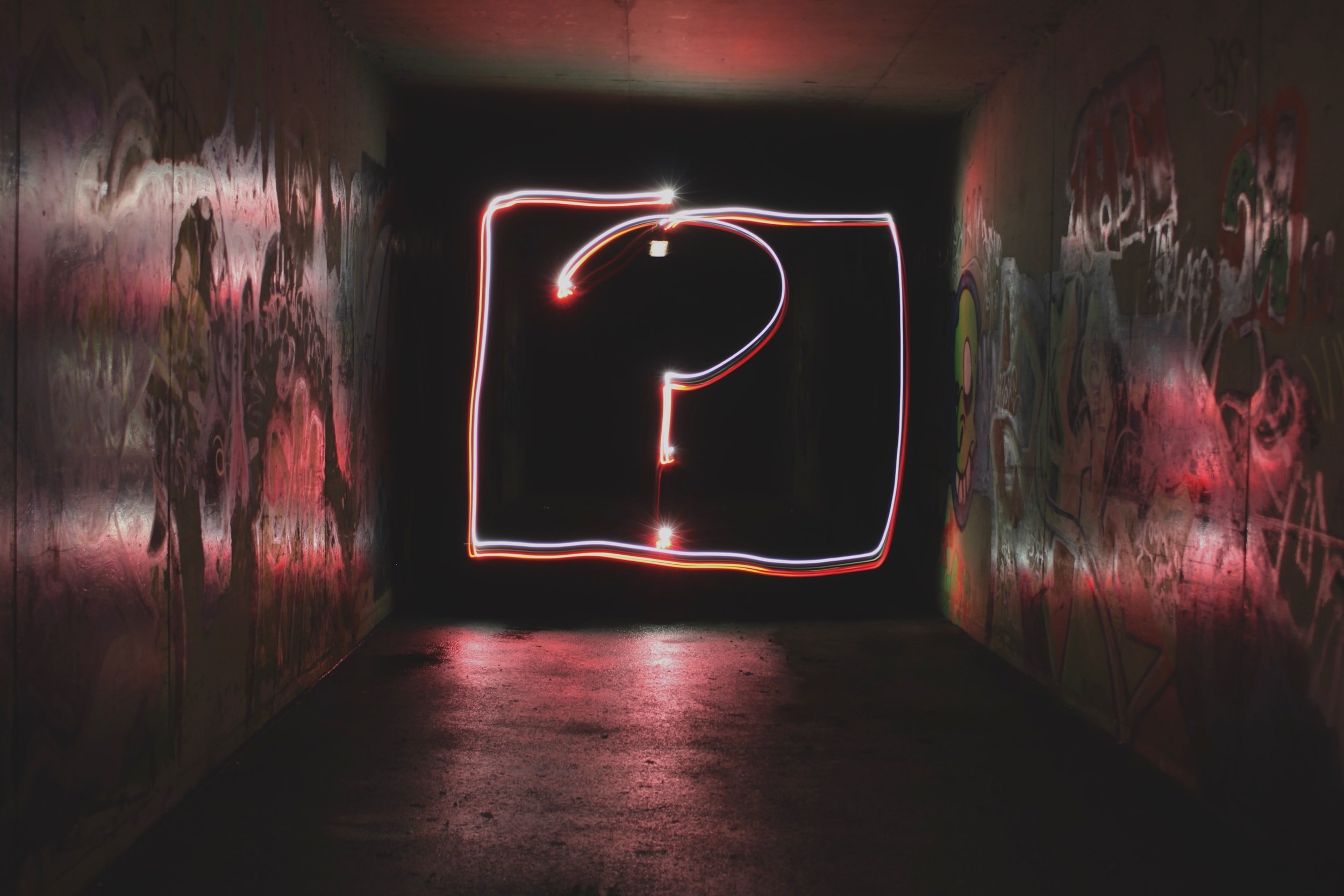What Are Cognitive Reflection Test (CRT) Questions?
Why do people often make quick, intuitive decisions that turn out to be wrong, even when they have the knowledge or ability to arrive at the correct answer? This question sits at the heart of the Cognitive Reflection Test (CRT), a psychological tool designed to explore the tension between intuition and reflection in human thinking. Developed by psychologist Shane Frederick in 2005, the CRT has become a widely studied instrument for understanding cognitive processes, decision-making, and the psychology of reasoning.
In this article, we’ll delve into what CRT questions are, the psychology underpinning them, their historical and theoretical context, and their real-world applications. We’ll also touch on current debates surrounding the CRT and its implications for cognitive science, education, and everyday life.
What Is the Cognitive Reflection Test (CRT)?
The Cognitive Reflection Test is a brief assessment designed to measure a person's tendency to override an intuitive, automatic response in favour of a more deliberate, reflective one. The test consists of just three deceptively simple questions. Each question prompts an intuitive but incorrect answer, which must be inhibited to arrive at the correct solution through logical reasoning.
The Three Classic CRT Questions
Here are the original CRT questions developed by Frederick:
A bat and a ball cost $1.10 in total. The bat costs $1.00 more than the ball. How much does the ball cost?
Intuitive answer: $0.10 (incorrect)
Correct answer: $0.05
If it takes 5 machines 5 minutes to make 5 widgets, how long would it take 100 machines to make 100 widgets?
Intuitive answer: 100 minutes (incorrect)
Correct answer: 5 minutes
In a lake, there is a patch of lily pads. Every day, the patch doubles in size. If it takes 48 days for the patch to cover the entire lake, how long would it take for the patch to cover half the lake?
Intuitive answer: 24 days (incorrect)
Correct answer: 47 days
These questions are carefully constructed to elicit a "gut" response that feels obvious but is incorrect. Overriding this response requires cognitive reflection—a deliberate process of analytical thinking.
Theoretical Foundations: Dual-Process Theory
The CRT is grounded in dual-process theory, which posits that human cognition operates through two systems:
System 1 (Intuitive Thinking):
Fast, automatic, and often unconscious. It relies on heuristics or mental shortcuts, making it highly efficient but prone to errors.
System 2 (Reflective Thinking):
Slow, deliberate, and effortful. It involves conscious reasoning and is more accurate but resource-intensive.
The CRT’s structure exploits this dual-process system by presenting questions that trigger System 1 but require the intervention of System 2 to arrive at the correct answer. For example, in the bat-and-ball question, the intuitive response (System 1) overlooks the relationship between the prices. Solving it correctly requires reflective reasoning (System 2) to analyse the problem mathematically.
Cognitive Biases and the CRT
The CRT also reveals how cognitive biases can distort reasoning. For instance:
Attribute Substitution: Substituting a simpler but incorrect calculation for a more complex one.
Overconfidence Bias: People often overestimate their ability to answer such questions correctly.
Anchoring Effect: The phrasing of the questions anchors individuals to intuitive (but incorrect) answers.
Historical Context and Research Significance
The CRT was introduced in Shane Frederick’s 2005 paper, "Cognitive Reflection and Decision Making," published in The Journal of Economic Perspectives. Frederick found that CRT scores were correlated with various cognitive abilities and decision-making behaviours. For instance, individuals with higher CRT scores tended to:
Prefer larger, delayed rewards over smaller, immediate ones (indicating greater patience and delayed gratification).
Make fewer errors in logical reasoning tasks.
Be less susceptible to framing effects in decision-making.
The CRT quickly became a popular tool in behavioural economics, psychology, and education due to its simplicity and predictive power. It has since been used to study topics ranging from financial decision-making to susceptibility to misinformation.
Real-World Applications
The CRT’s insights into cognitive processes have practical implications across multiple domains:
1. Education
The CRT highlights the importance of teaching students to engage reflective thinking rather than relying solely on intuition. For example, math and science educators can use CRT-style problems to train students to critically evaluate their answers and avoid errors caused by cognitive biases.
2. Behavioral Economics
In behavioural economics, the CRT is used to understand consumer behaviour and decision-making. For example, individuals with lower CRT scores are more likely to choose immediate rewards, making them more susceptible to marketing strategies that emphasize instant gratification.
3. Healthcare
Healthcare providers can benefit from understanding CRT results, as intuitive errors can have serious consequences in medical decision-making. Training programs that encourage reflective thinking may help reduce diagnostic errors.
4. Public Policy and Misinformation
The CRT has been used to study susceptibility to misinformation. People who score lower on the CRT are more likely to accept false claims at face value. Understanding this dynamic can inform strategies for combating misinformation in media and politics.
Current Perspectives and Debates
While the CRT remains a valuable tool, it is not without its criticisms and ongoing debates:
Cultural and Educational Bias
Critics argue that the CRT may favour individuals with specific educational backgrounds, particularly those with strong mathematical training. Alternative versions of the test have been developed to address this concern, incorporating verbal reasoning and general knowledge questions.
Limitations in Measuring Cognitive Abilities
Some researchers question whether the CRT measures cognitive reflection exclusively or if it also reflects general intelligence or numeracy skills. Studies have shown a strong correlation between CRT scores and IQ, raising questions about whether the CRT is distinct from other cognitive tests.
Evolution of the Cognitive Reflection Test
To address these criticisms, newer versions of the CRT have been developed. For instance, the Expanded Cognitive Reflection Test (CRT-2) includes questions that rely less on numerical reasoning and more on verbal and contextual problem-solving. These newer versions introduce problems that test logical reasoning in more diverse ways. Examples include:
"Emily’s father has three daughters. The first two are named April and May. What is the third daughter’s name?"
Correct answer: Emily.
"A farmer has 15 sheep, and all but 8 run away. How many sheep are left?"
Correct answer: 8.
"You’re running a race and you pass the person in second place. What position are you in now?"
Correct answer: Second place.
These additions address concerns about over-reliance on numerical skills and encourage a broader assessment of reflective thinking across different contexts.
Simply Put
The Cognitive Reflection Test offers a fascinating glimpse into the interplay between intuition and reflection in human thinking. Its simplicity belies its power to reveal fundamental aspects of cognitive processing, decision-making, and susceptibility to errors. Grounded in dual-process theory, the CRT has shed light on why people often rely on intuitive judgments and how reflective thinking can lead to better outcomes.
As the CRT continues to evolve, it remains a vital tool for researchers, educators, and practitioners seeking to understand and improve human reasoning. Whether you’re a psychology enthusiast or a casual reader, the CRT challenges you to reflect on how you think—and perhaps even rethink your own intuitive answers.
References
Table of Contents
Cognitive Reflection Test (CRT) Quiz
Loading question...







